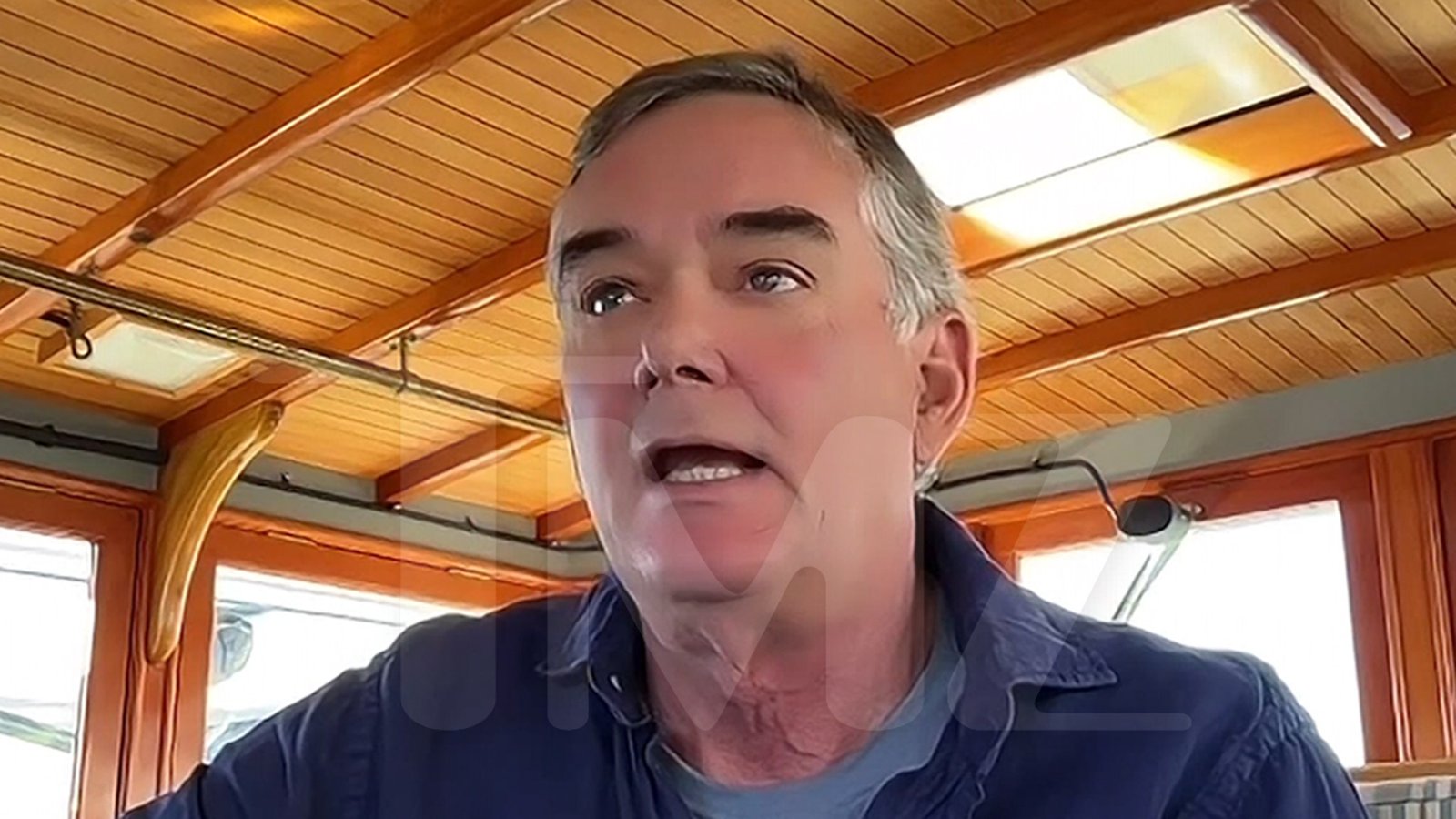Rail, Tram and Bus Union says predicting the extent of rail network delays is becoming harder as incensed union members take industrial action into their own hands.
Rail, Tram and Bus Union says predicting the extent of rail network delays is becoming harder as incensed union members take industrial action into their own hands.
- Updated
- National
- NSW
- Public transport
By Max Maddison and Jessica McSweeney
Updated February 17, 2025 — 3.24pmfirst published at 5.59am
The rail union say the severity of commuter chaos that has gripped Sydney all summer is increasingly hard to predict as they struggle to control an “angry workforce”, while the premier has warned no option is off the table if the government’s legal challenge fails this week.
The warring parties are set to appear in the Fair Work Commission (FWC) again on Wednesday, and Chris Minns foreshadowed engaging Prime Minister Anthony Albanese and federal Workplace Relations Minister Murray Watt as a means of preventing any future industrial action on the rail network.

While Sydneysiders on Monday scrambled to make alternative transport arrangements after a weekend of mass cancellations, with many workers staying home or taking to the roads to avoid the feared rail chaos, trains largely ran on time, with four of five services running as scheduled.
Rail, Tram and Bus Union (RTBU) NSW secretary Toby Warnes told the Herald predicting the extent of rail network delays was becoming harder as incensed union members began to take industrial action into their own hands as the impasse stretched on without resolution.
“It’s very hard to control an angry workforce, to be honest,” said Warnes, insisting there was no union directive for members not to show up for shifts.
Loading
“We haven’t orchestrated any of this. Thousands upon thousands would do it if we did. The sense of anger we’re getting from members is palpable.”
Fears of widespread network gridlock similar to Friday’s chaos were dispelled on Monday as trains largely ran on schedule, despite Transport for NSW indicating more than 300 drivers and guards did not turn up for their normal shifts and 322 services being cancelled.
FWC president Thomas Roberts on Sunday delivered a victory for the combined rail unions that have been negotiating a new pay deal for nine months. After hearing arguments the day before, he found there was no evidence of a co-ordinated campaign by the union to encourage workers not to show up.
Advertisement
The state government has sought a suspension of protected industrial action in the FWC on Wednesday. In the event of a loss, Minns said he was prepared to explore “all options” to protect Sydney commuters from further rail chaos.
“So I’m not taking anything off the table, and we’re exploring all options if we go down on Wednesday,” he said.
Watt could terminate the rail unions’ protected industrial action under section 431 of the Fair Work Act if he believes it endangered the welfare of the population or part of it, or was causing “significant damage” to an important part of the Australian economy. The move would be unprecedented, with the declaration never being invoked before, either by a federal Labor or Coalition government.
The sense of uncertainty has flummoxed both union leaders and Sydney Train executives, as conflicting messages among rail workers urged absenteeism and operating as normal, simultaneously. Another message directed staff to go to work, noting that unpredictability was a powerful negotiating strategy. The Herald was unable to confirm the source of either message.
The fear about loss of pay came after the state government issued “lockout” or 471 notices on Friday, directing workers to come into work and complete their full duties or not come in at all.
Warnes said delegates had been informed about a member being docked his wages for an 11-hour shift after his train ran slower than scheduled. This evidence was anecdotal until pay day next Friday might confirm this, Warnes conceded.

But he questioned claims that absenteeism was up to 50 per cent above average, saying the “numbers today look normal”.
Minns rubbished any suggestion marked increases in rail employee absenteeism since Friday was not co-ordinated, saying the union leadership was playing the public for “mugs”.
“If you’ve got sick leave 40 and 50 per cent above what it normally is, it leads you to only one conclusion, that they’re not coming to work as part of the industrial campaign,” Minns said.
The Morning Edition newsletter is our guide to the day’s most important and interesting stories, analysis and insights. Sign up here.
Max Maddison is a state political reporter at The Sydney Morning Herald.
Jessica McSweeney is a breaking news reporter at The Sydney Morning Herald.Connect via email.
Loading
Discover more from World Byte News
Subscribe to get the latest posts sent to your email.


